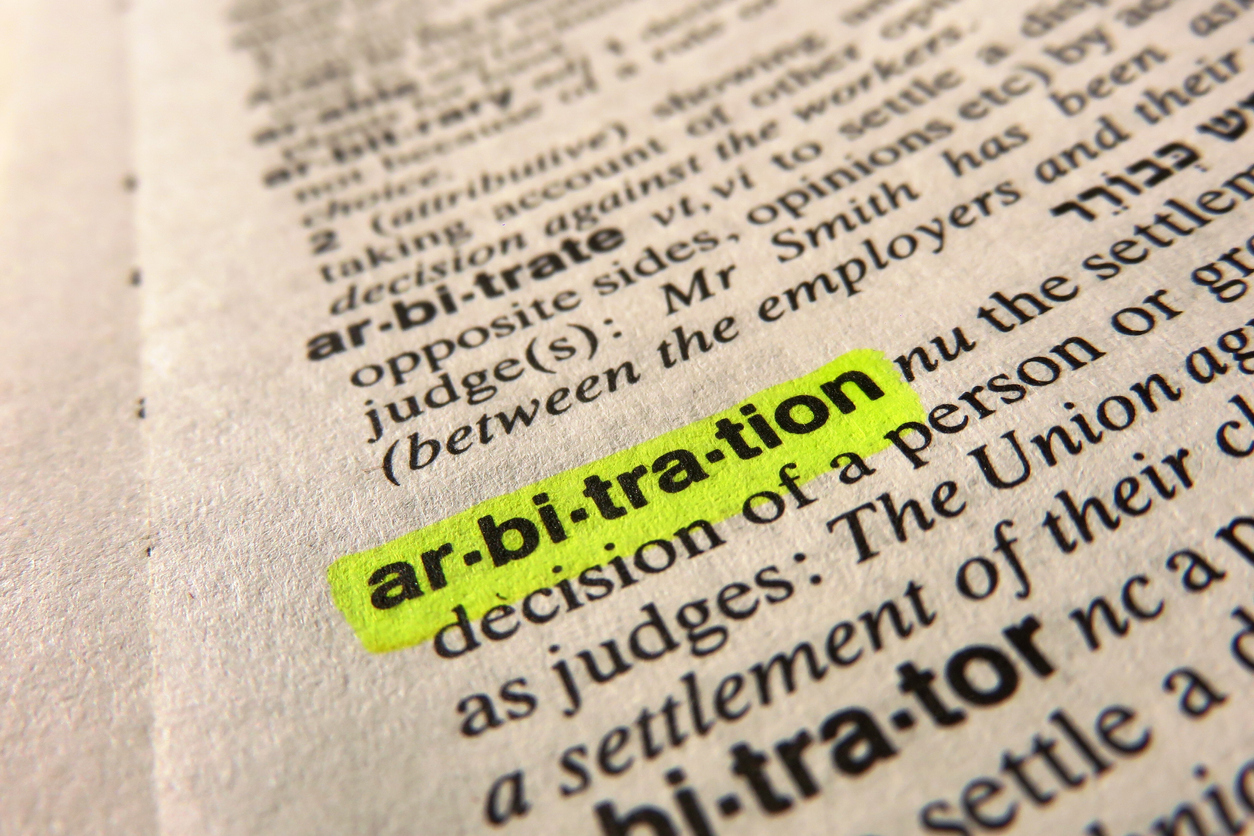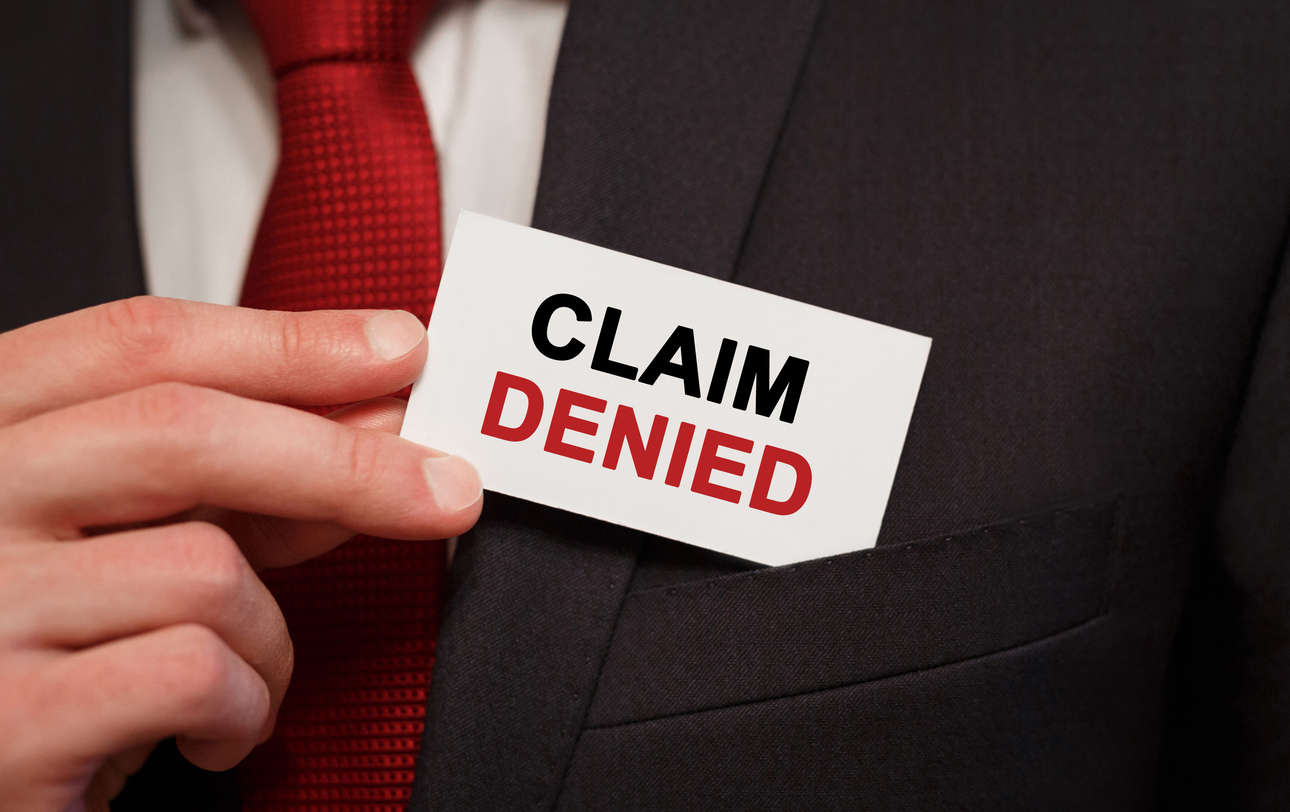June 1st was the first day of hurricane season and already the Florida Coast has been hit by its first tropical storm (Andrea). If predictions from NOAA are correct we are in store for a very busy 2007 hurricane season and preparedness is at the forefront of everyone’s minds. Governmental entities throughout the Gulf Coast are making final preparations for implementation of catastrohe plans. In Florida, many are taking advantage of the State’s sales tax holiday and purchasing various and sundry items in preparation for the hurricane which may never come. Many policyholders are reviewing their policies to make sure that they have adequate coverage and worrying about what would happen if a Katrina event struck close to home. Last week, a long time client with a nearly $70 million property called regarding a major problem; the property budget would not allow them to purchase enough coverage, including code upgrade coverage and excess flood coverage. They could afford one or the other, but not both.
Their insurance agent said they should buy both, which seems the wisest course of action, but they could only afford to purchase one. I had the sinking feeling the many less affluent property owners are also having to decide which additional peril coverages they can afford; that is if they are even aware that their policies do not cover a wide array of perils,1 including flood damage. Our client opted to purchase the excess flood coverage because the property is on the beach and renovations were recently completed. The one lesson from Katrina which owners of property along the water should remember is that flooding is your most obvious risk of total destruction.
Further, even if wind causes most of the damage, risk carriers generally opt to blame the flood waters for the damage, so buy flood coverage, it pays. I also met with a very large developer and owner of retail space. The type of policyholder that most would think the insurance brokers and companies fawn over, but not in this market. This corporate risk manager had the same worries about finding quality, affordable insurance coverage as any other homeowner. This risk manager purchased layered coverage, this is where various insurance companies insure the properties, but for for different "layers" of damage. In effect there are multiple policies covering the same property but at different amounts of loss. The problems are myriad with "layered coverage."
The first is that the various policies inevitably have different language which affect how much is paid and what the duties of the insurer may be. Usually, the higher layer insurers will agree to conform their policies at the time of underwriting to the same terms as found in the lower levels of coverage. But, that is not always the case, particularly in the current market. The current trend is that many insurers are making "take it or leave it" offers of coverage. In this tight capacity market, the insurer is in a far stronger position to dictate not only price, but terms of coverage. The capacity problem may be resolved in the future, but for now, it is a sellers market for those involved with insuring property in catastrophe prone venues.
Frequency and severity of loss have everything to do with our current insurance situation. The catastropic frequency and severity of hurricanes from 2004 to 2006 was off the charts. And, the severity of loss (the average amount paid per claim) was extraordinary as well. Combined, these lead to historic losses in a relatively small catastrophe prone area. Like bookies looking for the sure bet, insurance companies are simply looking to place bets where fewer losses occur. As these private insures flee the coasts, state insurers of last resort are left to fill the void, in some instances with less than satisfactory results. The long term answer is not easy and will not be cheap. People are determined to continue living close to beaches and water. Recognizing and accepting this fact, we must start to deal with the upfront cost of building more structurally sound and "hurricane resistant" structures. 1 A recent NAIC survey found that 33 percent of U.S. heads of household, who own a home and have homeowners insurance, incorrectly believe flood damages would be covered by a standard homeowners or property and liability policy, despite extensive media coverage on Hurricane Katrina victims whose claims were denied because they lacked flood insurance.



